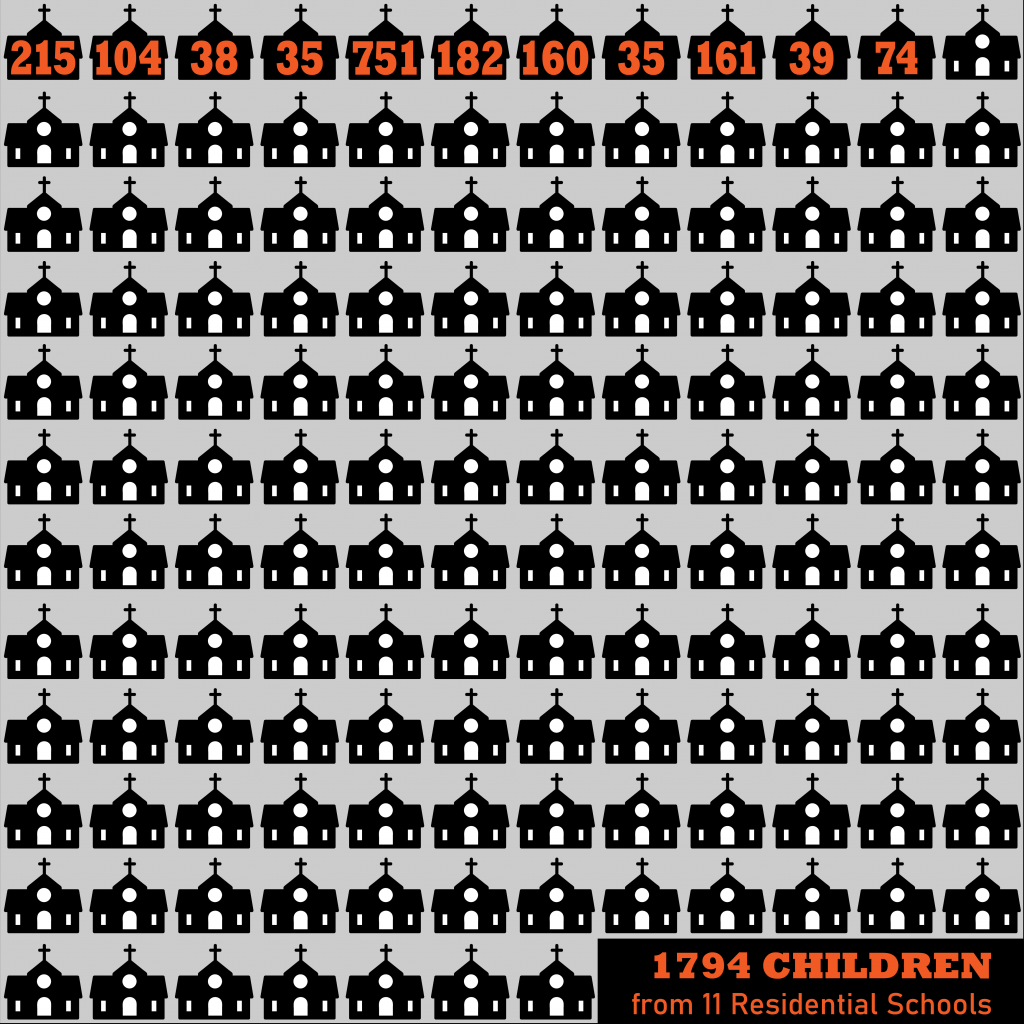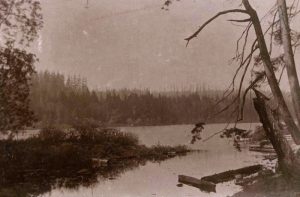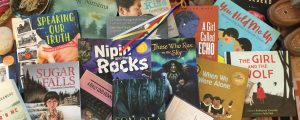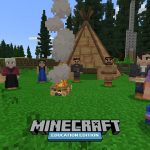The coming school year will be the first time I teach Photography 11/12, and I am hoping this resource will help me prepare for that. The paper, Decolonizing Reflexive Practice Through Photo Essay Aisinai’pi Storying Place (Walsh et al., 2018) outlines a photo essay project that situates the students’ identities with place. A photo essay is “a series of images evoking stories of original peoples and settlers on this land and fuels important questions about identity and belongingness” (p. 103).
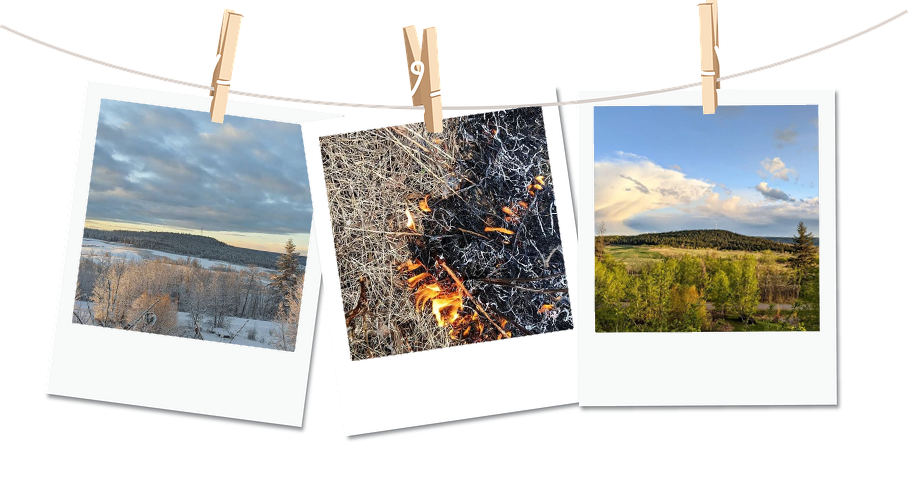
An example of a photo essay, representing the importance of (controlled) burns for healthy ecosystems.
In the paper, the authors describe using a photo essay of the City of Calgary to orient students with Indigenous worldviews and a sense of place. Each photo has a theme, and many interconnect. For each photo, they asked students key questions, such as:
- Who originally occupied this land?
- How do Eurocentric societies and Indigenous societies understand Mother Earth?
- What are your beliefs about live-giving forces?
- What promotes health and wellness?
- How do you understand the notion of all entities to be interconnected and interdependent?
- etc.
I think this could be a valuable way to introduce students to both photo essays and to local history. You could extend the learning by having students create their own place-based photo essays.
Reference:
Walsh, C. A., St-Denis, N., & Eagle Bear, A. (2018). Decolonizing Reflexive Practice Through Photo Essay Aisinai’pi Storying Place. Cultural and Pedagogical Inquiry, 10(1). https://doi.org/10.18733/cpi29376

